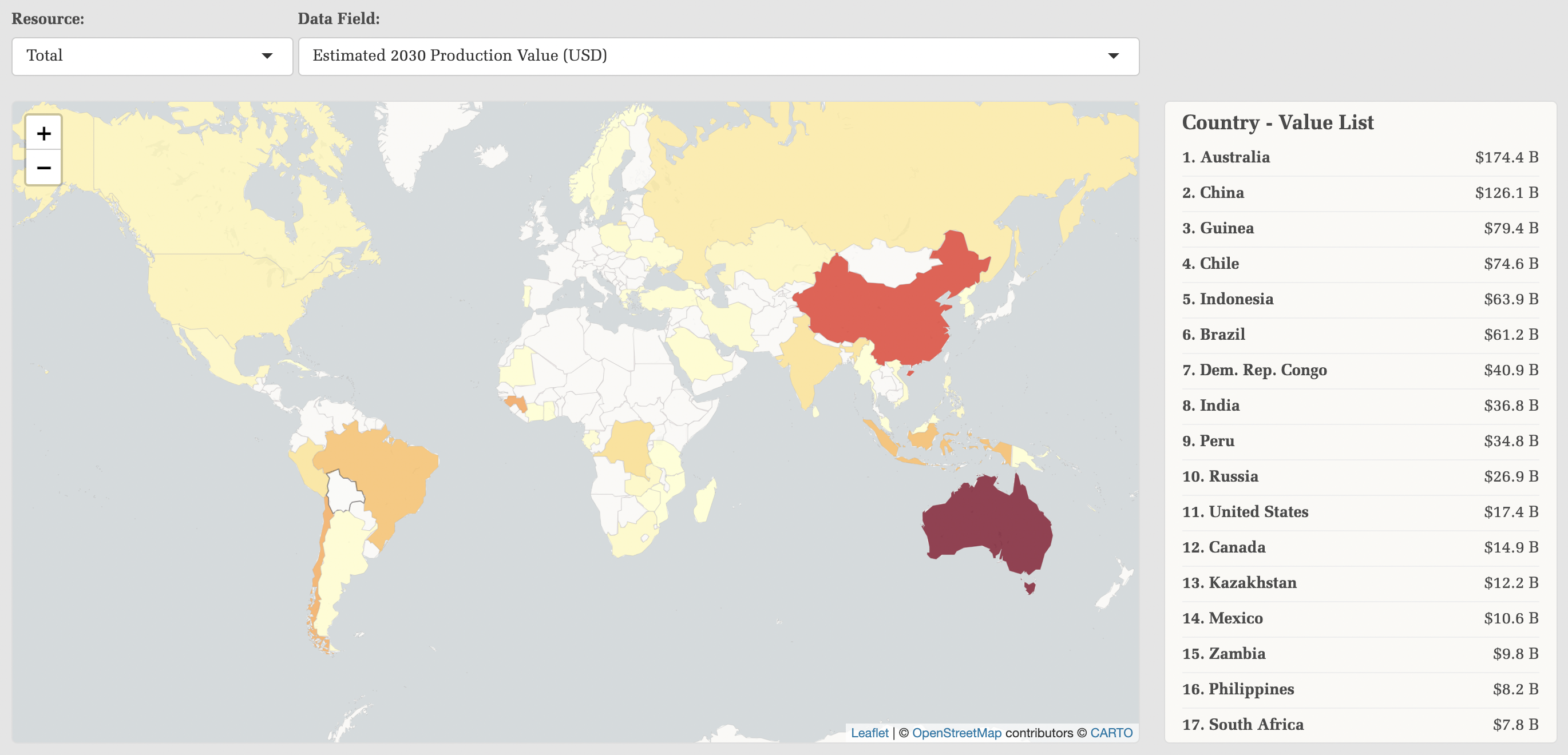Levelized Cost of Solar Model

What this model does
JFI’s solar LCOE model allows users to calculate the levelized cost of energy (LCOE) for a utility-scale solar photovoltaic (PV) power project. The sheet is populated with real-world data from the US Energy Information Agency (EIA) and other publicly available sources. Users may select inputs based on project economics in the years 2011 to 2024, or based on 2022 data for the West, South, Midwest and Northeast Census regions. It is also possible to override the default construction cost with explicit assumptions for the cost of solar modules, inverters, and other key components.
How to interpret the model results
LCOE is a methodology for estimating the lifetime cost of different electric generation technologies. It is an increasingly relevant approach for grid planning and top-down energy modeling purposes because it allows users to compare resources with high up-front construction costs and minimal operating costs, like renewables, with those that have higher fuel and operating costs, like combined-cycle gas turbines.
It is important to note that the value of electricity varies based on when and where it is generated. Dispatchable mid-merit and peaking facilities have high costs per MWh of generation, but they can withhold generation from the market when prices are below their costs. Conversely, renewable power plants without storage cannot control when they sell their power into the market. They may also face unique siting constraints that lead to higher effective transmission costs than fossil-fuel-based plants located close to demand centers.
In short LCOE is the unit revenue that a plant must “stack up” across power, capacity, and attribute sales in order to produce a targeted return profile for investors. It should not be conflated with the wholesale price of electricity, which in deregulated markets is the marginal cost of the market-clearing MWh, and in traditionally regulated markets is based on a cost-of-service approach.
Browse the model below, view it in Excel Online, or download it here.
Related
Mineral Wealth and Electrification — Technical Appendix
On data sources and data processing.
Part of the series Mineral Wealth and Electrification
Mineral Wealth and Electrification — Report
This report adopts a producer-country perspective centered on the potential for wealth creation and public value capture and investment.
Part of the series Mineral Wealth and Electrification
Transition-Critical Minerals: Wealth Endowments and Value Capture — Interactive Map
A high-level distribution of current and future mining production and potential royalty revenue globally through 2030.
Part of the series Mineral Wealth and Electrification


